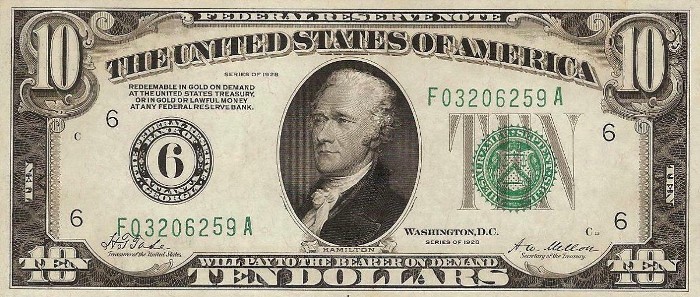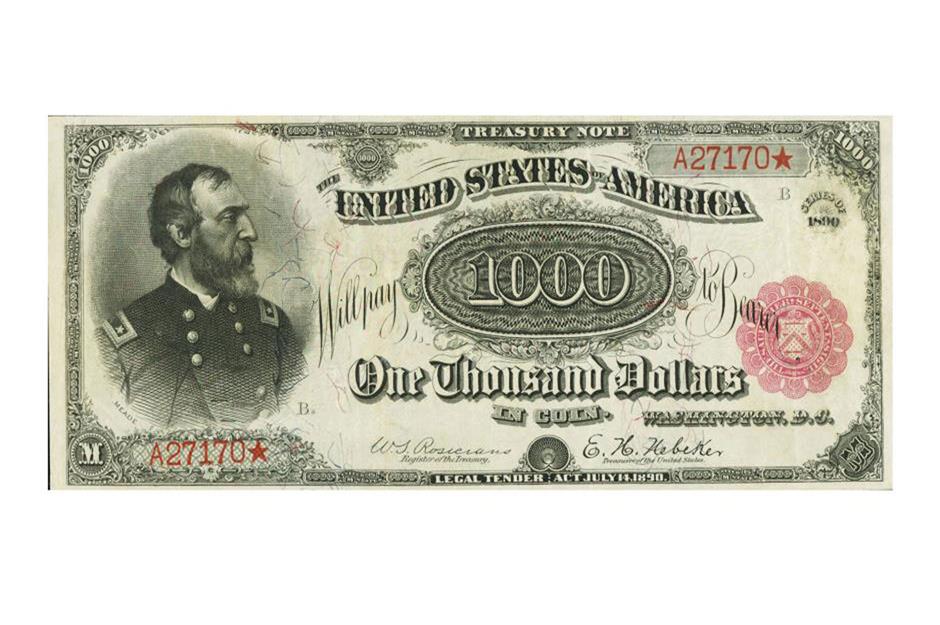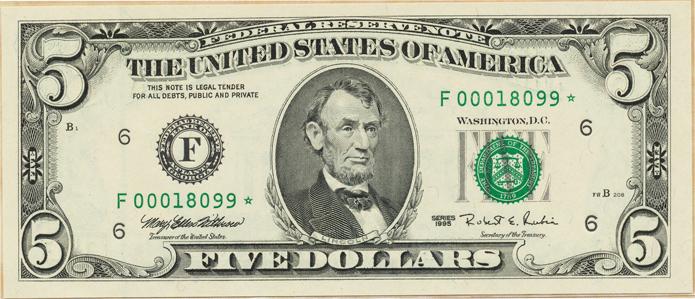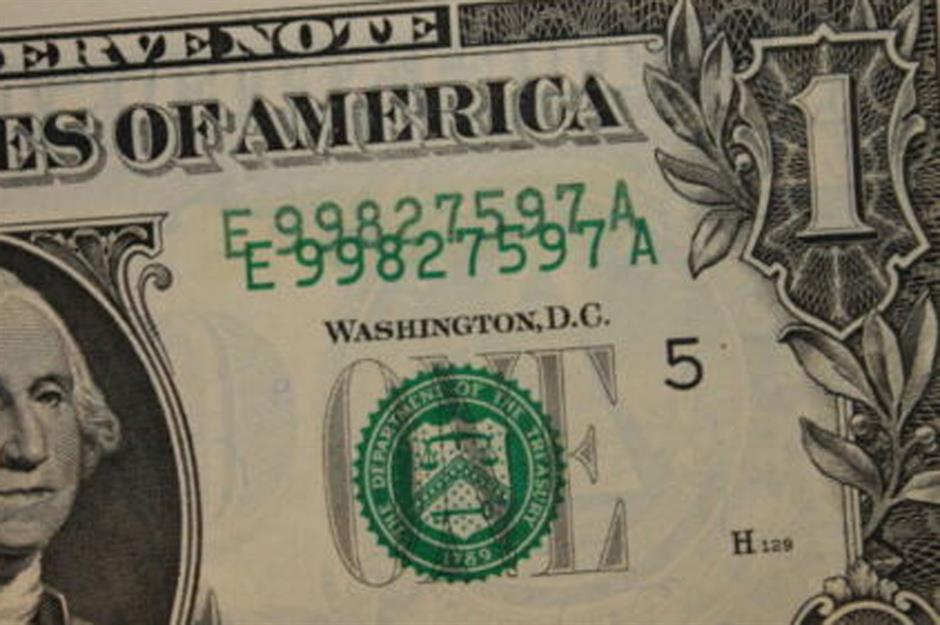

Department of the Treasury first issued paper U.S.

Treasury, Bureau of Engraving and Printing, Web. National Numismatic Collection houses two and ten others are held in Fort Knox.Source: U.S.

Less than 15 specimens exist now, including one that was sold for $7.59 million in an auction in 2002. Some of them were recovered and destroyed. The coins were never circulated and almost all the pieces were melted down, although a few were stolen and got into the hands of collectors. Designed by Augustus Saint-Gaudens, the coin depicted the Lady Liberty, holding a torch and olive branch. However, it was withdrawn in the same year, despite minting more than four hundred thousand specimens. This 20-dollar gold coin was minted in 1933 by the United States. Only a few coins of these types exist now.Īlso read: 10 most valuable and rarest postage stamps in history. One specimen which has the mark on eagle’s breast was sold for $7.4 million in 2011 and one with marks on the eagle’s wings was sold for $4.5 million in 2014. There are a few varieties, based on Brasher’s hallmark on the coins. He produced the coins on his own, along with copper coins, when the New York state legislature rejected his appeal to mint new copper coins. This is a gold coin made by the goldsmith Ephraim Brasher from New York. One specimen was sold for $4.02 million at an auction in Vienna in 2009. Five of the coins have been purchased so far. Depicting Queen Elizabeth II on one side and three Maple leaves on the opposite, they were made to promote Canada’s new line of Maple Leaf gold coins. Each specimen was made of 100 kg gold with 99.99% purity. Produced in 2007 by the Royal Canadian Mint, it was the first coin in the world with a face value of a million dollars. One specimen of Class I, previously owned by the Sultan of Muscat, was sold for $4.1 million in 1999. The Class I specimens are the most valuable ones. These coins are divided into three ‘Classes’, and only 15 specimens are known to exist. Featuring the bust of Liberty, this dollar coin was produced as part of diplomatic gifts for Edmund Roberts in his diplomatic missions to Siam and Muscat. These coins were not actually minted in 1804, but in the 1830s. The sixth place in the list of most valuable coins is occupied by 1804 silver dollar. A specimen was sold for $3.7 million in 2010. Only five specimens of the coin exist now. In 1996, another specimen became the first to break the million-US$ barrier. A specimen of the liberty nickel became the first coin to acquire a price of US$100,000 in 1972. The existence of the coins became public knowledge only in 1920, all of which were owned by Samuel Brown, a former employee of the Mint. It was produced without the authorization of the United States Mint, and in a very limited numbers. The Liberty Head nickel is a 5-cent coin issued in 1913. The other specimen was sold in 1982 for nearly seven hundred thousand USD. Two of them are housed by the National Numismatic Collection of the Smithsonian Institution. Around 17,796 pieces of this gold coin were produced, but there are only three specimens known to exist now. The Capped Head Half Eagle on the coin was designed by John Reich. It was released in $5 denomination by the U.S. The 1822 Half Eagle is one of the rarest coins in the history of numismatics. One specimen was sold at an auction in 2005 for nearly $3 million. Two specimens of the 1907 coin are housed in the Smithsonian museum.

Later the design was modified many times and the coin continued till 1933. These are known as ‘Ultra High Relief’ specimens now. Its high relief rendered the coins difficult to be struck, and only about two dozen pieces were produced. The coin was designed by renowned sculptor Augustus Saint-Gaudens. This coin was released in with face value of $20 in 1907. 1907 Saint-Gaudens double eagle Ultra High Relief The other two are exhibited in the British Museum. One piece is privately owned, which was sold at auction in July 2006 for $6, 80,000, record price for a British coin. Only three specimens of this coin are known to exist currently. It is probably the rarest coin in the history of British numismatics. The coin, however, was withdrawn only a few months later. The obverse of the coin depicted the King enthroned beneath a canopy, with two leopards’ heads at the sides and the reverse shows the Royal cross within a quatrefoil and a leopard in each spandrel. The coin had a value of 6 shillings and was aimed to be used across all Europe. 1907 Saint-Gaudens double eagle Ultra High ReliefĪlso known as Double Leopard, the Florin was introduced in 1344 by English king Edward III.


 0 kommentar(er)
0 kommentar(er)
